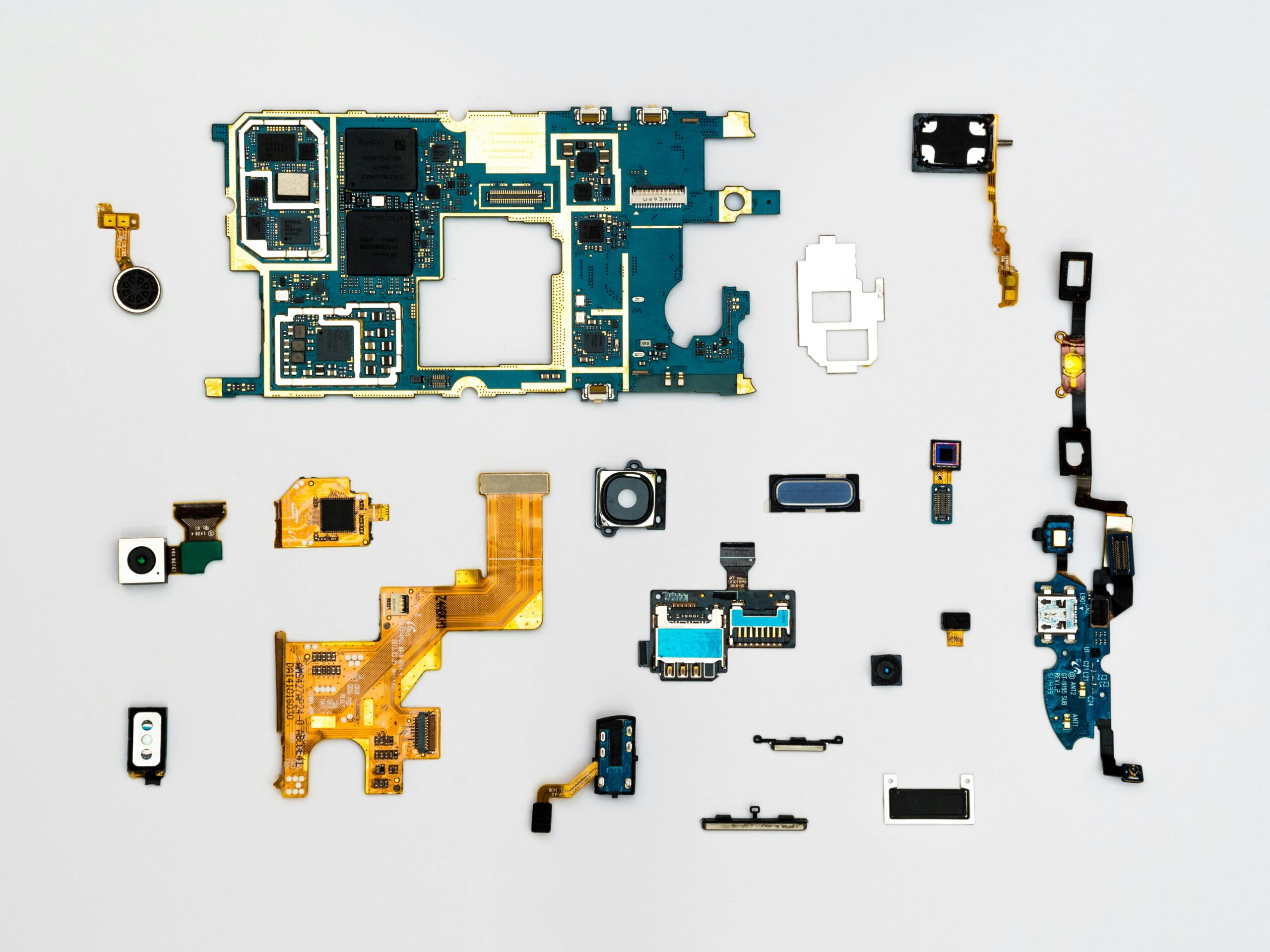(Originally published in Harvard Business Review, October 12, 2022)
How do you feel about networking? I, personally, despise it. The idea of talking to strangers about inane business matters makes my stomach churn. The hardest part about making conversation with a stranger is figuring out how to actually start the conversation — and even if you are a social person, chances are you prefer making conversation with people you know and get along with.
At the same time, there seems to be no way around it. Having a strong professional network is inarguably good for you and your career. It can give you access to better job opportunities, introduce to new ideas, and help you grow through the exchange of knowledge.
The good news is: You don’t always have to meet new people to expand your network. Marissa King, a professor at the Yale School of Management and author of Social Chemistry, who I spoke with on my podcast, has a weekly ritual to make networking a little more enjoyable. King told me that there is extraordinary power in our existing networks. The most impactful thing we can do to improve them, she said, is to reinvigorate dormant ties, or people — old friends, former coworkers, past peers, etc. — who we haven’t seen in two or three years. These can be a valuable source of knowledge and social capital.
According to Wharton business professor Adam Grant the reason dormant ties are so powerful is because they have been off gaining contacts and knowledge since your last interaction with them. The people you often speak with — your strong ties — share redundant knowledge since you may know the same people and are likely to do the same things, but dormant ties will provide a much more diverse network and perspective.
But reinvigorating these ties doesn’t just entail a “Hello, Long time, no see!” phone call. Remember that networking isn’t a one-way street. To build a strong relationship, you have to think about what’s in it for them, or how you can be helpful to the people you’re reconnecting with. Here are three ways King does this, and you can, too:
Say “thank you.”
Gratitude is an extremely powerful source of connection. King uses it to narrow down her list of potential ties to reach out to. She begins her Friday ritual by asking, “Is there a mentor who comes to mind, or someone who gave me a piece of advice a couple of years ago, or someone who served as a role model for me?” Then reaches out to those people, and thanks them for what they’ve done.
While this might seem inconsequential, research has found that many of us tend to overlook how powerful a simple “thank you” or compliment can be to the receiver. In fact, one study, in which people either gave praise to or received praise from someone else, found that we significantly underestimate the degree to which our kind words boost the mood of others. As such, beginning your message with a simple “thank you” can open previously closed doors.
Share knowledge.
Another strategy King uses to initiate conversations with former connections is to share something she thinks the other person might enjoy or benefit from — a podcast, report, or even an interesting article. “There are lots of things that we all have to give, and just saying, ‘I saw this and though of you,’ is in many ways a gift, too.” When we give someone something thoughtful, no matter how small, it signals that we understand them and that we care.
Say, for example, that you want to reconnect with an old school friend or an ex-colleague on LinkedIn. You come across a post about their recent job change. Could you send them a report or a podcast that might help them transition to their new role? Could you send them across an interesting survey that highlights trends in their industry?
It’s as simple as reaching out via an email or message, and saying, “Hi! I hope you’re well. I just read about your job switch. That’s wonderful — congratulations! I recently came across this report on macroeconomic factors affecting [industry, company, or field] and I thought I’d share it with you. Let’s keep in touch.”
Ask for help.
People enjoy feeling that their expertise matters, and research shows that when we’re asked to help someone else, it makes us feel closer to the person to whom we’re offering assistance. When King uses this approach, despite having had no contact with someone for several years, she almost always receives a reply. “I can’t even think of a time when I haven’t,” she said.
You might, for example, reach out to a dormant tie for advice on a project that sits within their expertise. Alternatively, you might think of someone whom you found to be highly creative in school or at a former company, and reach out to them to bounce around some ideas.
If you, like me, hate networking with new people, dormant ties are a great place to start strengthening and expanding your current circle. Time spent nurturing relationships with existing connections can not only lead to rewarding exchanges, but also to potentially transformative opportunities.


